By Guest Contributor and Tumwater High School English Teacher, Emma-Kate Schaake
Humble Beginnings
Three years ago, our equity team was the new kid in school and we had all the hallmarks of not quite fitting in.
We dressed a little differently; Black Lives Matter shirts and rainbow pins. We asked questions while our peers rolled their eyes, understandably exhausted on a Friday afternoon. We visibly perked at the mention of data as everyone else sighed.
Together, we read articles, analyzed school data, and challenged our perspectives. We wanted to examine our privilege, change our classroom practices, and dream big for the future of our school.
Year one, we hosted a staff professional development session on white privilege and, let’s just say, it didn’t go well. People reacted defensively and resisted the very definition of white privilege. They then shared that we wasted their time, because our school is mostly white anyway.
We had high hopes for systemic revolution, but progress on the ground was slow. We were asking staff to dig deep and examine what they knew about their lived reality, which was inevitably uncomfortable.
Continue reading
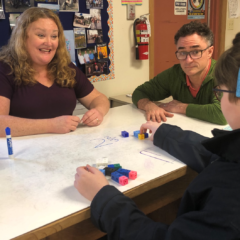
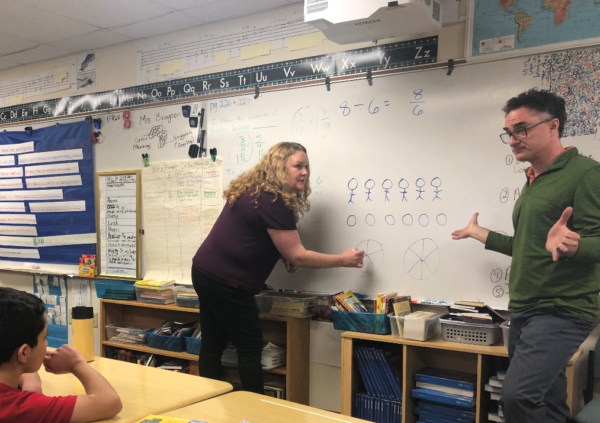
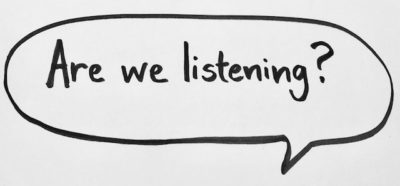
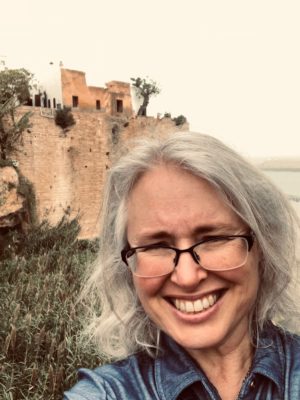
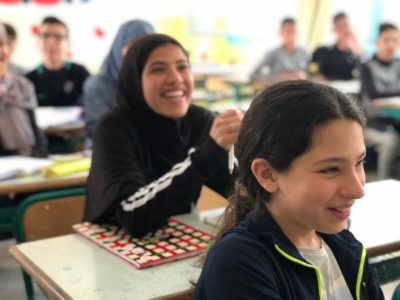
 Which is truth?
Which is truth? The new year is upon us, happening too fast, as usual. Just as we get used to the schedule of a Winter Break, we are trying to get a mountain of tasks done before school starts up in a few short days. Where does the time go?
The new year is upon us, happening too fast, as usual. Just as we get used to the schedule of a Winter Break, we are trying to get a mountain of tasks done before school starts up in a few short days. Where does the time go? As I write this, my home is filled with the savory aroma of black-eyed peas, collard greens, and pork. It’s a tradition in our family, and in many places around the country, to eat black-eyed peas on New Year’s. It’s for luck and prosperity in the new year.
As I write this, my home is filled with the savory aroma of black-eyed peas, collard greens, and pork. It’s a tradition in our family, and in many places around the country, to eat black-eyed peas on New Year’s. It’s for luck and prosperity in the new year.  Oprah Winfrey often talks about the one thing every person truly wants; to be seen and to be heard. This makes sense and can impact your classroom when kept in mind while teaching. It turns out it can impact whole groups of people when applied to policy making.
Oprah Winfrey often talks about the one thing every person truly wants; to be seen and to be heard. This makes sense and can impact your classroom when kept in mind while teaching. It turns out it can impact whole groups of people when applied to policy making. But, last year I became painfully aware of that my “usual” operations were not working for this particular grouping of students. I could tell their needs were not being fully met and frankly, I was getting burned out trying to span the range of abilities. I needed a change in my thinking surrounding teaching and learning. I began to explore other approaches to teaching and took what I found to my students. I knew that this level of massive change would be akin to fixing a plane while flying it. I needed everyone on board, to be…on board!
But, last year I became painfully aware of that my “usual” operations were not working for this particular grouping of students. I could tell their needs were not being fully met and frankly, I was getting burned out trying to span the range of abilities. I needed a change in my thinking surrounding teaching and learning. I began to explore other approaches to teaching and took what I found to my students. I knew that this level of massive change would be akin to fixing a plane while flying it. I needed everyone on board, to be…on board!